Incomplete title
In 2014, after a long period of preparation, Dien Bien rice was granted geographical indication, a title that was likened to a “red cloak” covering a local specialty product, carrying the hope of opening the door to sustainable development. But then, after the initial applause, everything fell silent.
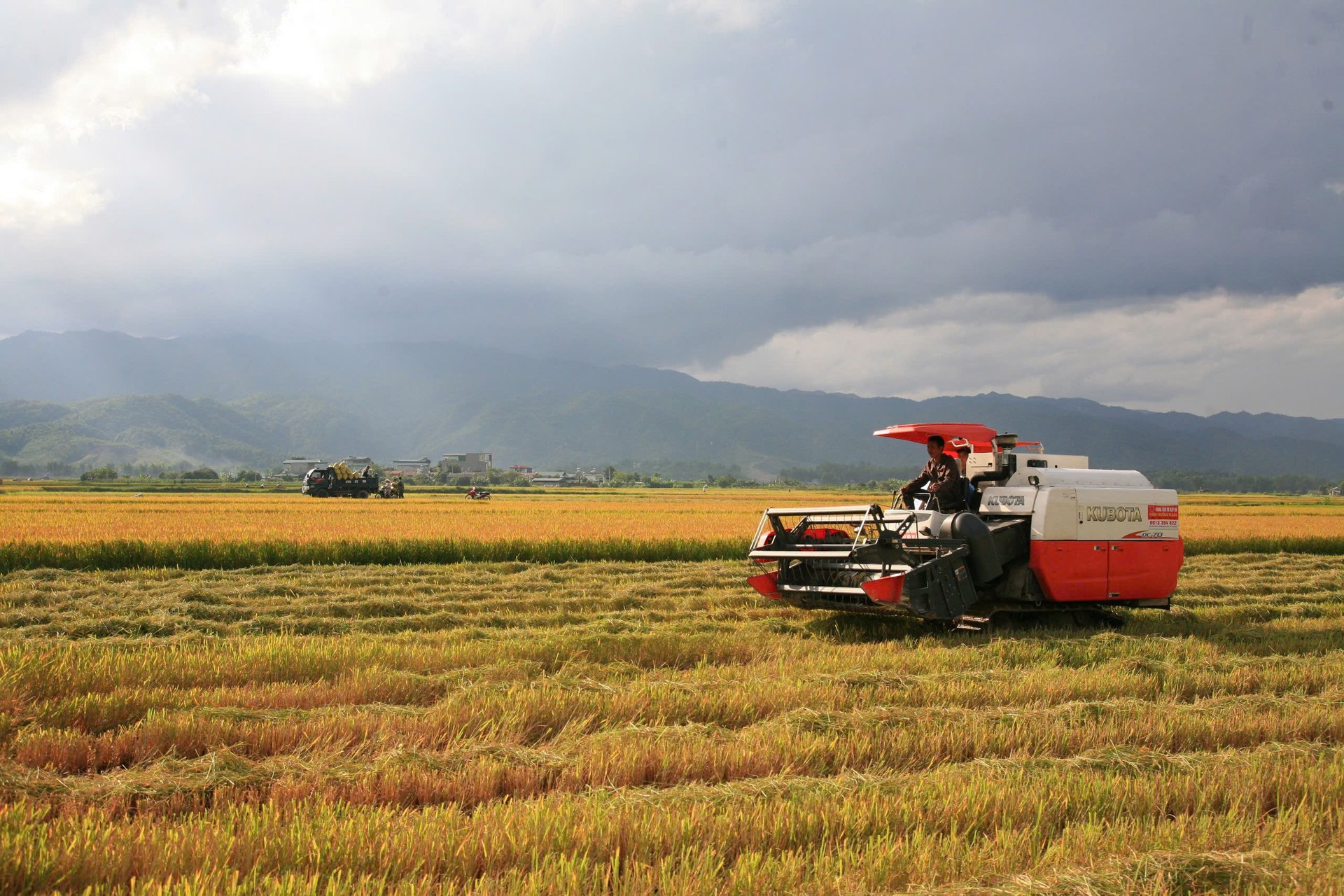
Muong Thanh field (Dien Bien) is the largest rice granary in the Northwest region. Photo: Tu Thanh.
Dien Bien rice has been granted geographical indication certificate No. 00043 by the Intellectual Property Office, specifically for two rice varieties Bac Thom No. 7 and IR64. The registered area includes 15 communes and wards in Dien Bien Phu City and Dien Bien District. A great honor, but also a big challenge, because the title comes with the obligation to control quality, manage processes, and position the brand.
Many years have passed, but the “geographical indication” still seems to be hanging in a glass cabinet, with no one daring to put it on. Until 2018, no organization or individual has registered to use the geographical indication “Dien Bien” in accordance with regulations. Administrative documents have been issued continuously, seminars have been organized, but what is lacking is a real connection system, an arm extending from the fields to the market.
Meanwhile, out there in the market, the phrase “Dien Bien rice” is widely used, sometimes without control. Bags of rice labeled “Tam Dien Bien” and “Séng Cu Dien Bien” are flooding e-commerce sites, stores, and even traditional markets, but no one is sure whether the rice is actually grown in the area granted geographical indication, or whether it meets specific technical and quality standards.

Farmers are busy harvesting rice in the midst of the brilliant golden season. Photo: Duc Binh.
Prices are varied, some places are even cheaper than the original price at cooperatives in the region, a heartbreaking paradox. The situation of “borrowing names” and “labeling” products, causing confusion for consumers, not only affects the reputation of genuine products but also erodes the trust of the farmers who have sweated in the fields.
“Scratches” behind the brand's halo
When the Project “Management and Development of Geographical Indications for Dien Bien Rice” was officially launched in 2019, it was believed that it would be a “golden map” paving the way for precious rice to enter the big market, side by side with national specialties. The closed chain model from cultivation, harvesting, processing to traceability is expected to be the foundation for a strong brand, capable of spreading.
But between theory and practice, it is an arduous journey that not everyone has the strength to go to the end of the road.
One of the ambitious “pioneers” is Safe Green Food Company Limited, with 50 hectares of raw material area located in Thanh An commune, Dien Bien district. This enterprise is not only the first unit to be granted the right to use the geographical indication “Dien Bien rice” (2018-2023 period), but also the place to preserve the most standard values of the production chain: from providing seeds, supporting organic fertilizers, bringing machinery into cultivation to organizing quality supervision of each plot of rice.
After 5 years of quietly accompanying farmers, Safe Green was forced to stop. Not because of the product quality, but because the brand they protected, in the end, was not protected by anyone.
“We are granted geographical indication rights for Bac Thom No. 7 and IR64 varieties, but in the market, ‘Dien Bien Eight Rice’ is the name that is widely known. Ironically, we are not allowed to use that name, while many other places freely use it, even sell mixed rice of poor quality, still labeled Dien Bien,” Ms. Hoang Thi Hien, Director of Safe Green, shared with regret.
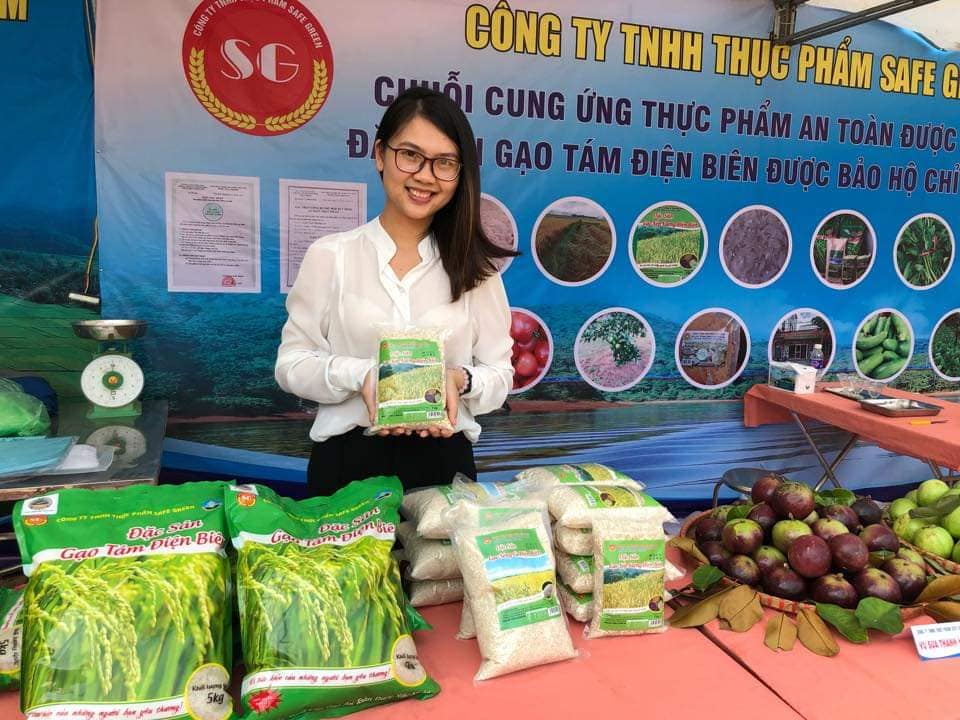
Safe food supply chain of Safe Green Food Company Limited. Photo: Tu Thanh.
The story of a rice brand that was once "lit" with great effort but then blown out in the face of the market's headwinds is heartbreaking to hear. "We work seriously, follow the techniques, and test each batch. Every small deviation must be canceled, returned, and a lot of money and effort is lost. But consumers cannot distinguish between standard rice and rice that is mixed, bleached, and labeled incorrectly. In the end, the real person becomes a lost person in his own land," Ms. Hien sadly said.
Rice varieties are degenerate. Rice is mixed. Policies are half-implemented. Enterprises, if not courageous enough, have no choice but to quietly withdraw.
Ms. Hien recounted the early days full of determination: “I used to provide seeds, fertilizers, and use machines to plant rice, and I improved the soil quality and rice yield significantly. But when the chain was broken, people returned to the old way of doing things. Spraying a lot of pesticides, sowing and transplanting indiscriminately. Even in the last crop, the Seng Cu field was about to be harvested but it was still covered in pesticides?”
Not only that, climate change, which seemed vague, became a direct attacker. “In 2019, with only one week left until harvest, all 50 hectares of my rice were wiped out by a hailstorm. I could only go to the field, sit and watch and cry. No one can fight against nature, but one cannot be alone when trying to preserve a brand in the face of countless challenges.”
In the middle of the Muong Thanh basin, Ms. Hien and her business are not alone in spirit, but alone in action. Because the existing cooperation policies are still not synchronous enough, not enough "shoulders", not enough "hands". Many like-minded businesses have stepped in and then quietly left.
Currently, the chain that Ms. Hien is trying to maintain is only 25 hectares with about 77 households. The products still meet the standards, but are mainly consumed domestically and cannot be expanded abroad. The reason is not in the quality but in the lack of a system of policies, laws, strict management and long-term support mechanisms for businesses.
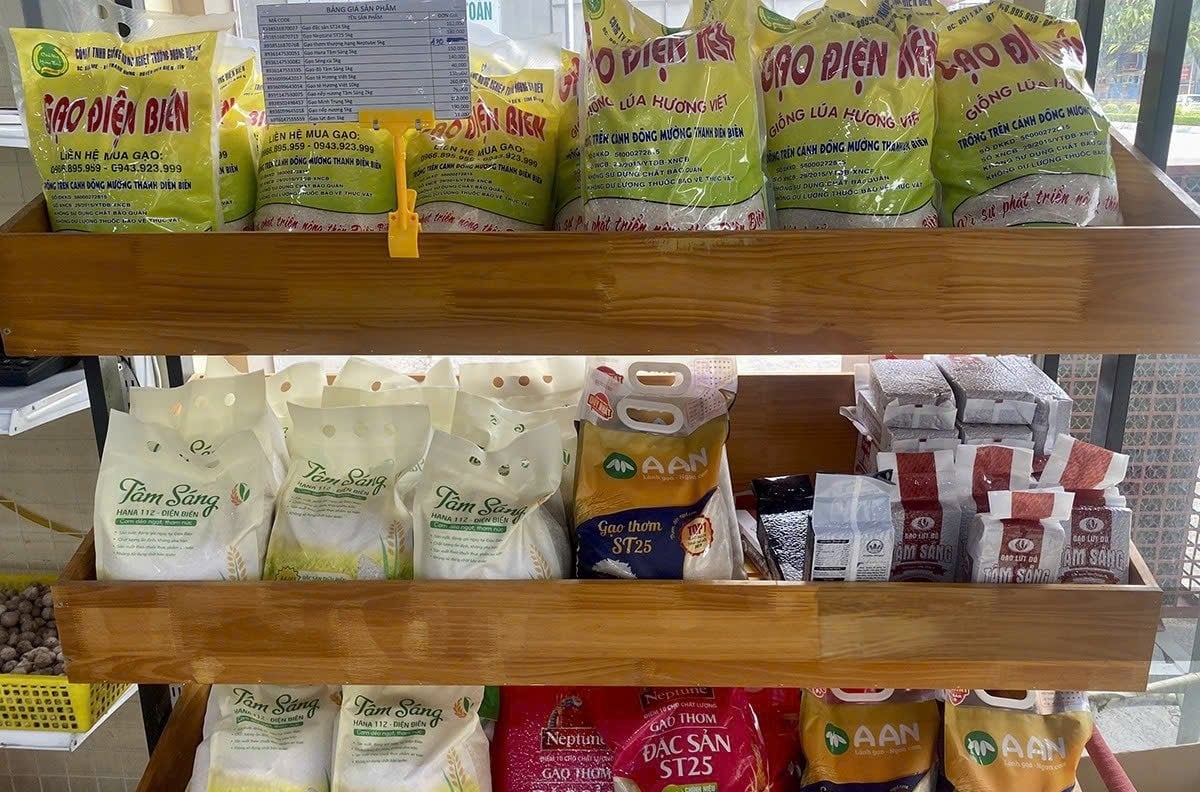
Many Dien Bien rice products are sold at a supermarket in Dien Bien Phu City. Photo: Tu Thanh.
According to the Department of Agriculture and Environment of Dien Bien, although there are 7 rice products certified with 3-star OCOP and 4 confirmed chains, the production area according to the chain is still very limited. Most rice growing areas are still fragmented, rice varieties have not been systematically restored, VietGAP or organic application is still limited, and there is a lack of an independent and transparent quality control system.
In addition, the lack of synchronization in planning, the delay of the local authorities in propaganda and supervision, the weakness of cooperatives representing farmers, and the insufficient strength of the land consolidation policy. All of these make the picture of Dien Bien rice development like an unfinished field: a promising crop, but unable to fully bear fruit.
A product granted a geographical indication is not only a “specialty of a region”, but also a symbol of quality, distinction and responsibility to protect its origin. To achieve this, more than one-sided efforts are needed.
Dien Bien rice today is not lacking in quality, but it needs a strong enough ecosystem to support it. It needs farmers to unanimously comply with technical processes. It needs businesses to invest and share benefits fairly. It needs the state to play the role of “conductor” to regulate, control and orient the market.
Source: https://nongnghiep.vn/dinh-vi-gia-tri-gao-dien-bien-bai-2-khi-vang-thau-lan-lon-d744976.html



![[Photo] President Luong Cuong awarded the title "Heroic City" to Hai Phong city](https://vphoto.vietnam.vn/thumb/1200x675/vietnam/resource/IMAGE/2025/5/13/d1921aa358994c0f97435a490b3d5065)
![[Photo] Many people in Hanoi welcome Buddha's relics to Quan Su Pagoda](https://vphoto.vietnam.vn/thumb/1200x675/vietnam/resource/IMAGE/2025/5/13/3e93a7303e1d4d98b6a65e64be57e870)
![[Photo] Prime Minister Pham Minh Chinh receives Ambassador of the French Republic to Vietnam Olivier Brochet](https://vphoto.vietnam.vn/thumb/1200x675/vietnam/resource/IMAGE/2025/5/13/f5441496fa4a456abf47c8c747d2fe92)

![[Photo] President Luong Cuong attends the inauguration of the international container port in Hai Phong](https://vphoto.vietnam.vn/thumb/1200x675/vietnam/resource/IMAGE/2025/5/13/9544c01a03e241fdadb6f9708e1c0b65)
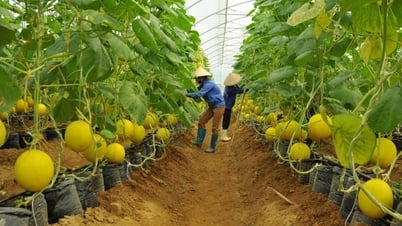
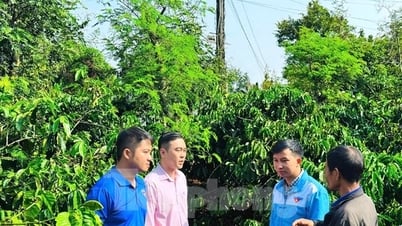
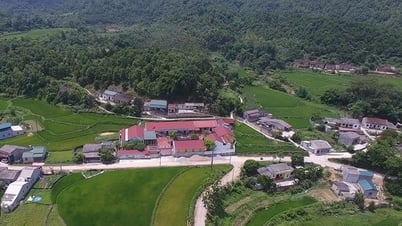
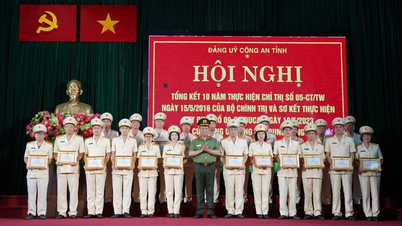
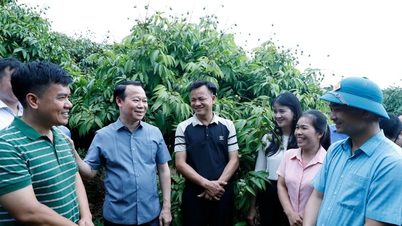
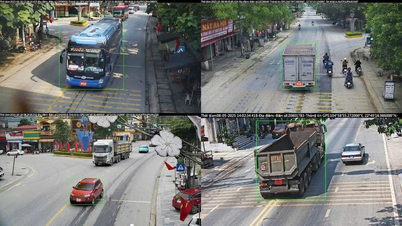







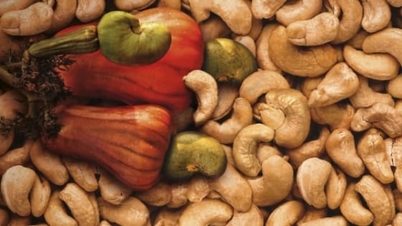
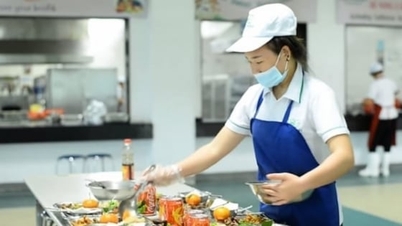
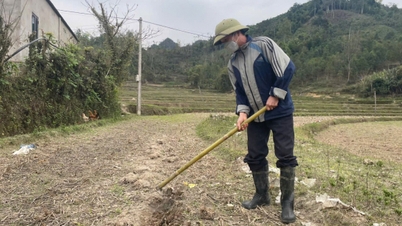

















































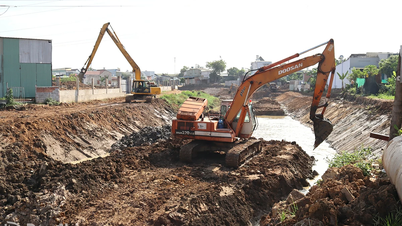

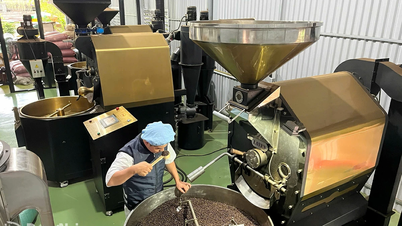


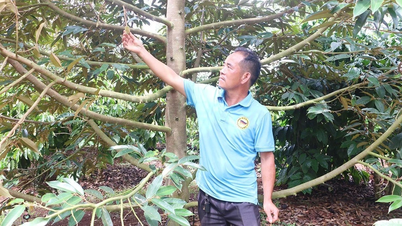



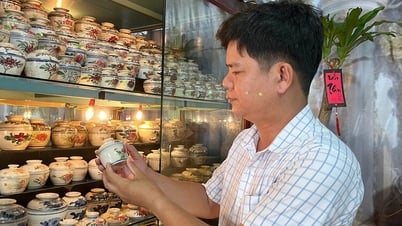









Comment (0)